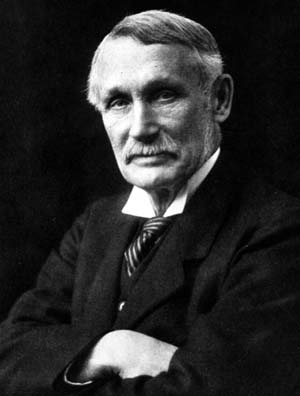 Why am I writing this blog?
Why am I writing this blog?Back in October 2018, I was asked by several colleagues, including former GA Presidents if I would consider putting my name forward to be GA President.
I have had this as an ambition for some time now, having worked at Solly Street for three years, and seen the working of the GA from a different angle, becoming aware of the hard work that goes on day in and day out at HQ. I've also been involved in GA committees for over 15 years. There was also a feeling that very few people were teaching when they became GA President.
In November, I heard that I was going to be taking up the role, and started planning out this blog, which will be a legacy of my Presidential tenure, and hopefully continue to develop as more details on the former Presidents of the Association are added over the years to come.
I started thinking about how many former Presidents were teachers. Not many it turned out.
I found Sheila Jones, who became the first serving teacher to be President in 1977 while at Colston Girls' School in Bristol, and Mike Morrish, who was also teaching at the time he took up the role: at Haberdashers Aske's School. Quite a few Presidents were former teachers before moving into academic geography of course, and there were also retired teachers such as Sydney Suggate who took up the role. I think other more recent Presidents also have some teaching aspects to their work when they were Presidents, but need to go into that in a little more detail.
Having started to research the lives and contributions of all of the past Presidents, I fleshed out some of their biographies, and links to the development of the Association itself. Some trends started to emerge in terms of links to the RGS-IBG, LSE, Oxford University, IoE at UCL and a few other organisations.
There are a few sources of information available for those wanting to find out more about the GA.
The JSTOR copies of 'Geography' and 'The Geographical Teacher' available to subscribers, provide details from the AGMs and other meetings which were posted in these journals, and many Presidents' Addresses to Conference (or these AGMs) are available to read and give a flavour of the development of the Association, and the way that it works. I also had Balchin's Centenary of the Association, and Rex Walford's history of School Geography (which the GA was intertwined with)
Each of these Presidents spent a year leading committees, and providing their own particular steer on the 'direction of travel' of the Association's work.
This blog is also a chance to remind people of how the Geographical Association came about, and what shaped the current format of the GA. It has had a HQ in several cities, and connected with many others.
Here's the news on my school's Facebook page as well, for more details:
At the GA Conference 2019, I launched the blog and let people know that it was available to view in my Teachmeet Presentation, which can be seen below:
Please subscribe so that you can read about each former President as they are added.
If you know more about any President, please get in touch.




















